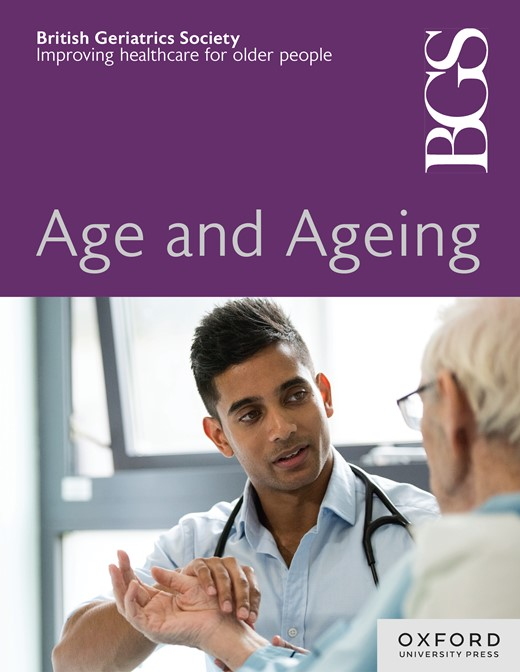住院环境和运动干预在急症护理中的比较:系统回顾和荟萃分析
IF 6
2区 医学
Q1 GERIATRICS & GERONTOLOGY
引用次数: 0
摘要
背景:住院治疗与老年人的不良后果相关,包括医院相关的降条件。医院-家庭(HaH)模式可以促进身体活动。本系统综述和荟萃分析比较了住院患者和ha患者的功能结果,并评估了两种情况下运动干预的效果。方法于2024年4月27日系统检索PubMed、Scopus、Web of Science和ScienceDirect。进行了三种不同的搜索:(i)比较HaH和住院患者住院的研究,(ii)评估住院患者运动干预的试验,(iii)对HaH运动干预的研究。两位审稿人使用PICOS框架独立选择2014年以来发表的研究,并使用PEDro量表评估质量。采用随机效应模型进行meta分析,分析运动干预措施。本系统评价结合荟萃分析根据PRISMA 2020指南进行,并在PROSPERO注册(CRD42024598286)。结果在9470项研究中,包括9项比较急性护理环境的研究和21项关于运动干预的研究(一项在HaH中)。研究结果表明,HaH可能会对功能和认知结果产生积极影响。住院患者运动干预显著改善了出院时的身体表现[标准化平均差(SMD) = 0.42, 95%可信区间(CI) = 0.12-0.72]和功能独立性(SMD = 0.45, 95% CI = 0.14-0.77)。结论HaH可能有助于保持身体和认知状态。住院期间的监督运动干预对于改善老年人的功能状态是安全有效的,尽管还需要对HaH模型进行进一步的研究。本文章由计算机程序翻译,如有差异,请以英文原文为准。
Comparison of hospitalisation settings and exercise interventions in acute care: a systematic review and meta-analysis
Background Inpatient hospitalisation is associated with adverse outcomes in older adults, including hospital-associated deconditioning. The hospital-at-home (HaH) model may promote physical activity. This systematic review and meta-analysis compares functional outcomes between inpatient and HaH settings and evaluates the efficacy of exercise interventions in both settings. Methods Systematic searches of PubMed, Scopus, Web of Science and ScienceDirect were conducted on 27 April 2024. Three distinct searches were performed: (i) studies comparing HaH and inpatient hospitalisation, (ii) trials evaluating inpatient exercise interventions and (iii) research on HaH exercise interventions. Two reviewers independently selected studies published from 2014 onwards using the PICOS framework and they assessed quality using PEDro scale. A meta-analysis was performed using a random effects model to analyse exercise interventions. This systematic review with meta-analysis was conducted according to PRISMA 2020 guidelines and was registered on PROSPERO (CRD42024598286). Results Among the 9470 studies identified, nine studies comparing acute-care settings and 21 studies on exercise interventions (one in HaH) were included. Findings suggest that HaH may positively affect functional and cognitive outcomes. Inpatient exercise interventions significantly improved physical performance [standardised mean difference (SMD) = 0.42, 95% confidence interval (CI) = 0.12–0.72] and functional independence (SMD = 0.45, 95% CI = 0.14–0.77) at discharge. Conclusion HaH may contribute to preserving physical and cognitive status. Supervised exercise interventions during inpatient hospitalisation are safe and effective for improving older adults’ functional status, although further research in the HaH model is needed.
求助全文
通过发布文献求助,成功后即可免费获取论文全文。
去求助
来源期刊

Age and ageing
医学-老年医学
CiteScore
9.20
自引率
6.00%
发文量
796
审稿时长
4-8 weeks
期刊介绍:
Age and Ageing is an international journal publishing refereed original articles and commissioned reviews on geriatric medicine and gerontology. Its range includes research on ageing and clinical, epidemiological, and psychological aspects of later life.
 求助内容:
求助内容: 应助结果提醒方式:
应助结果提醒方式:


